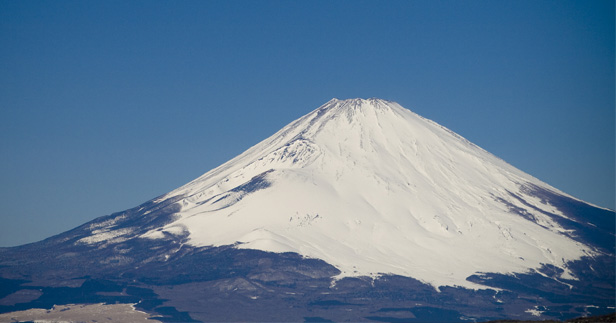Mt Fuji, Japan’s highest peak and largest volcano is only about 100 kilometers from Tokyo.
Although it last erupted in 1707, it’s still technically an active volcano.
If the volcano erupts, it would blanket Tokyo in ash, shut down air traffic to the city, wreak havoc on train and expressway traffic, cause many people health problems and devastate communities and farmland near its foothills.
But is a Fuji eruption really something you need to worry about right now?
Weekender investigates…
Short answer: probably not.
Despite its long quiet period, Mt Fuji is not likely to erupt anytime soon.
In a February 9 interview with the Mainichi Newspaper, earthquake researcher Akira Takada of the National Institute of Advanced Industrial Science and Technology reassured readers that Fuji’s recent quiet centuries are nothing to get too worried about.
The mountain, he said, may simply have shifted to a new rhythm after its massive 1707 eruption.
But could the massive earthquake on March 11 last year and its aftershocks have somehow jolted Fuji awake?
Short answer: maybe, maybe not.
According to a 2002 research paper by US Geological Service geologists David P. Hill, Fred Pollitz, and Christopher Newhall, “large earthquakes are certainly capable of triggering eruptions within a matter of minutes or days at nearby volcanoes.”
Fuji is not exactly ‘nearby’ Tohoku, though, and the data is murkier for volcanic eruptions that occur more then twenty kilometers from earthquake epicenters.
Mt Fuji’s 1707 eruption occurred 49 days after an offshore 8.2 magnitude earthquake, and Mt Pinatubo in the Philippines erupted in 1991, eleven months after a 7.7 earthquake.
Were those eruptions caused by the quakes that preceded them?
Geologists just can’t say for sure.
There are between 50-60 earthquakes of magnitude 6.5 and higher and several hundred incidents of “volcanic unrest” annually, say Hill and his colleagues, but a lack of scientific data and patchy historical records mean scientist can’t yet prove that the former cause the other.
Plenty of volcanoes don’t erupt even after high-magnitude earthquakes occur up to several hundred kilometers away.
Mt Fuji could very well be this kind of volcano, its magma gurgling away deep underground with no concern for the earthquakes around it.
And even if Fuji does blow, the eruption is likely to be tiny, as over 87 percent of Fuji’s eruptions to date have been small-scale.
We’re more likely to see a mild ashy burp rather than rivers of lava.
In any case, the good people at Japan’s Meteorological Agency are keeping an eye on things.
Mt Fuji is covered in seismic sensors, from the foothills to the summit crater. You can even check its recent activity online at the JMA website.
Never say never, of course, as nature has a way of being unpredictable.
However, if you’re looking for new things to worry about, a Fuji eruption should probably be near the bottom of your list.
For more information visit JMA’s website: www.jma.go.jp/en/volcano/
Text by Annamarie Sasagawa









